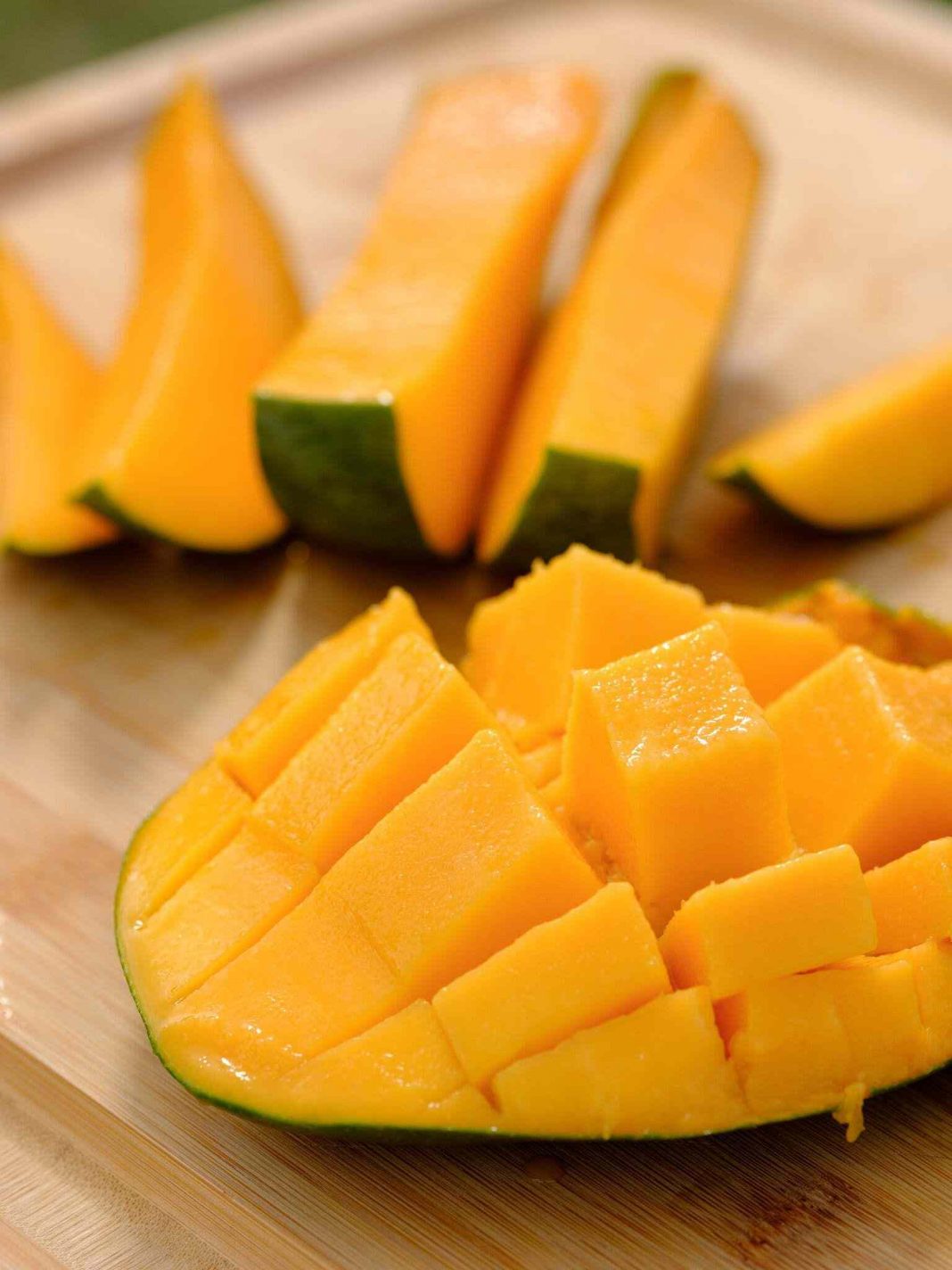With beige stucco, a gravel yard, a two-car garage, and a scruffy palm tree, Jane Falkenstein’s house seems to be no different from any other single-family home in the Salt River Valley of Arizona.
The road leading up to her front door serves as the first hint that her house is something remarkable, and it does not disappoint. A large plumeria tree with hundreds of fragrant yellow and white blossoms surrounds the path and provides shade. The noises of squawking birds emanate from her open windows, and they can be heard all the way to the end of the cul-de-sac. An Amazon parrot in green is shown in a stained-glass window that hangs over her doorbell.
While these eccentricities hint at the small miracle tucked away in Mrs. Falkenstein’s backyard, they do little to prepare a visitor for what awaits them there: a dense jungle of rare Latin American and Asian fruit trees growing in one of the most scorching and arid urban environments in North America.
Dr. Alois Falkenstein Jr., her husband, was the mastermind behind this backyard ecosystem. A German immigrant, U.S. Air Force veteran, and ophthalmologist, he started planting fruit trees that most Arizonans had never eaten before. In addition to jabuticaba berries and longans, he harvested pluerries, white sapotes, Keitt mangoes, finger limes, doughnut peaches, bergamot oranges, and Fujian Bai Mi figs, a species known colloquially as Nixon peace figs because Mao Zedong presented cuttings of the plant as a peace offering during the president’s 1972 visit to China.
As soon as the Falkensteins moved into their home in 1981, Dr. Falkenstein began planning a backyard garden because he was dissatisfied with the dearth of tropical fruit available in surrounding grocery shops. He returned to San Diego many years later, this time with his two kids, Alex and Chris, to do field study on tropical fruit species during three-day weekends.
Dr. Falkenstein was able to use these travels to carry hundreds of plant cuttings back to the desert for propagation, as well as to apply the combined wisdom of his companions to his newly established garden. He gradually converted the barren earth into a lush tropical atmosphere by including plants and trees. His friends referred to his big greenhouse as his “shop of horrors” because of the rows of shaded trellises he constructed, as well as the chicken coop, tool shed, and large chicken coop he constructed.
A meticulously kept facility for the delicate process of cultivating tropical plants in the desert, the greenhouse served as both a laboratory and a staging ground for him. Many of these plant kinds were the result of his difficult cross-pollination attempts, which took place before the internet was invented. His dragon-fruit blooms would open for the evening, and after donning a headlamp and retrieving one of his pollen vials from the freezer, he would painstakingly fertilise his most tenacious plants with a cotton swab until they were fully pollinated.
Following his greenhouse trials, he was able to develop a number of hybrid plant kinds that were specifically suited to survival in the desert environment. Falco was the name he gave to one of the resultant dragon-fruit kinds in honour of Alexander’s childhood nickname.
Dr. Falkenstein was diagnosed with cancer in 2008 and was told he had 18 months to live at the time. He survived for another seven years after that. Alexander took over as gardener a few days after his death, leaving himself a year to decide out what to do with the property.
To find out more about rare fruits, Mr. Falkenstein approached the Arizona Rare Fruit Growers, an organisation of amateur pomologists that his father was instrumental in establishing in 1995. According to the group’s Facebook page, it has more than 5,000 followers as of January, and it routinely holds events such as “Mulberry Taste-Off!” and “What R U Growing, and How To Propagate More!” Dr. Falkenstein’s scientific approach to the pastime, as well as his gifts of fruit and plant cuttings, are remembered fondly by many of the organization’s senior members.
Dr. Falkenstein was the first to show to a large number of rare fruit aficionados in the Phoenix region throughout the 1980s and 1990s that it was feasible to cultivate these wonderful plants in the desert, and this was a watershed moment in their lives.
In many respects, Mr. Falkenstein carried on the legacy established by his father. At the same time, he visits rare fruit farmers in their houses and maintains a rare-fruit garden of his own, which has mango, banana, loquat, peach, and citron trees, among other varieties. He gives away all of the fruit and attends farmers’ meetings, where he shares what he has learnt.
Mr. Falkenstein, like many other rare-fruit producers in the Salt River Valley, is concerned that growing drought conditions may compel them to rethink their methods of production.
It is his intention to reduce water loss by ensuring that his soil is healthy, he added, noting that he has eliminated plants that demand more water, such as his father’s banana trees. “We make extensive use of mulch and wood chips, which may result in a 30 to 50% decrease in water use.”
With his gardening, he tries to be practical, realising that there is only so much he can do in order to keep the plants alive and the yard livable for his elderly mother.

